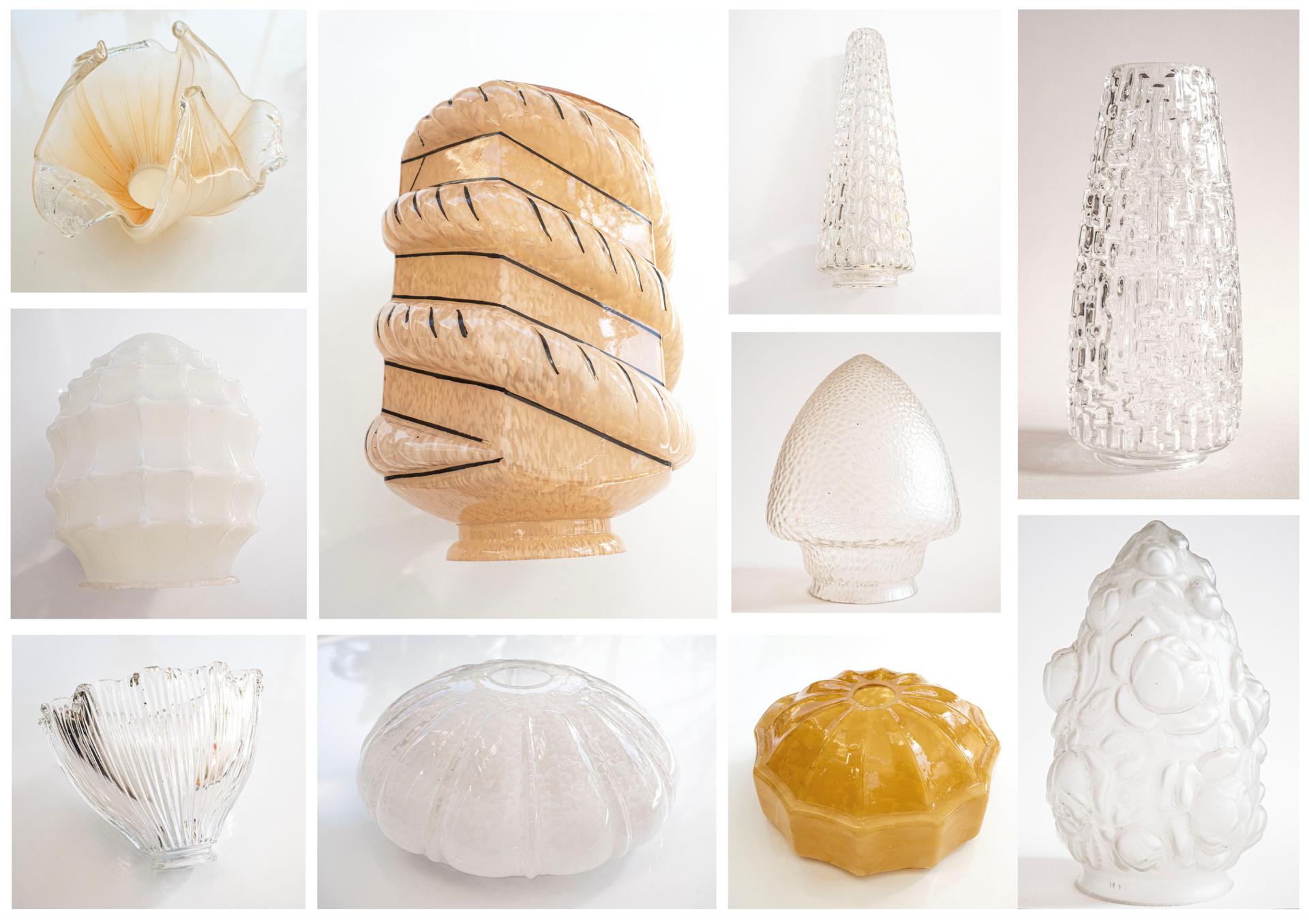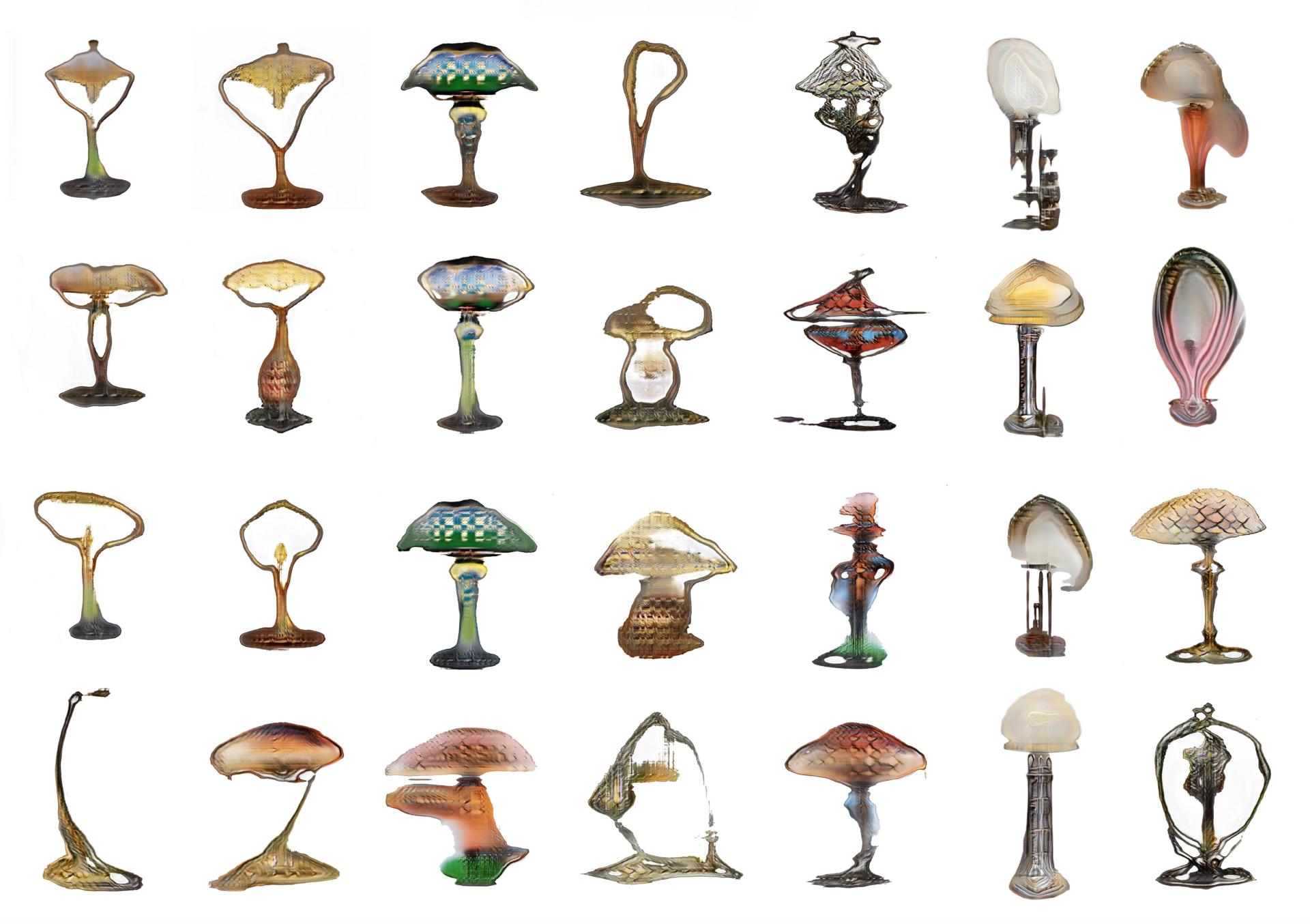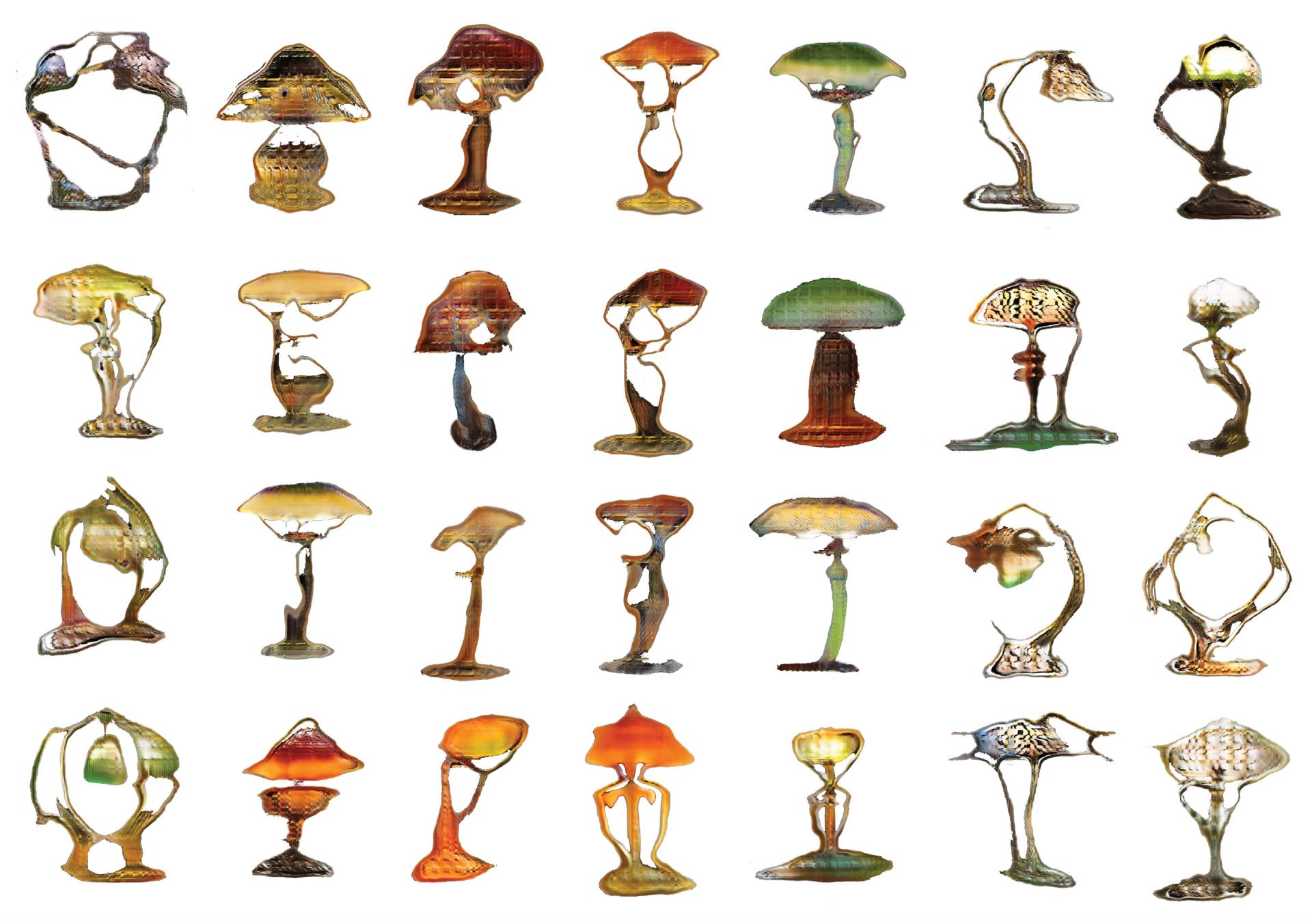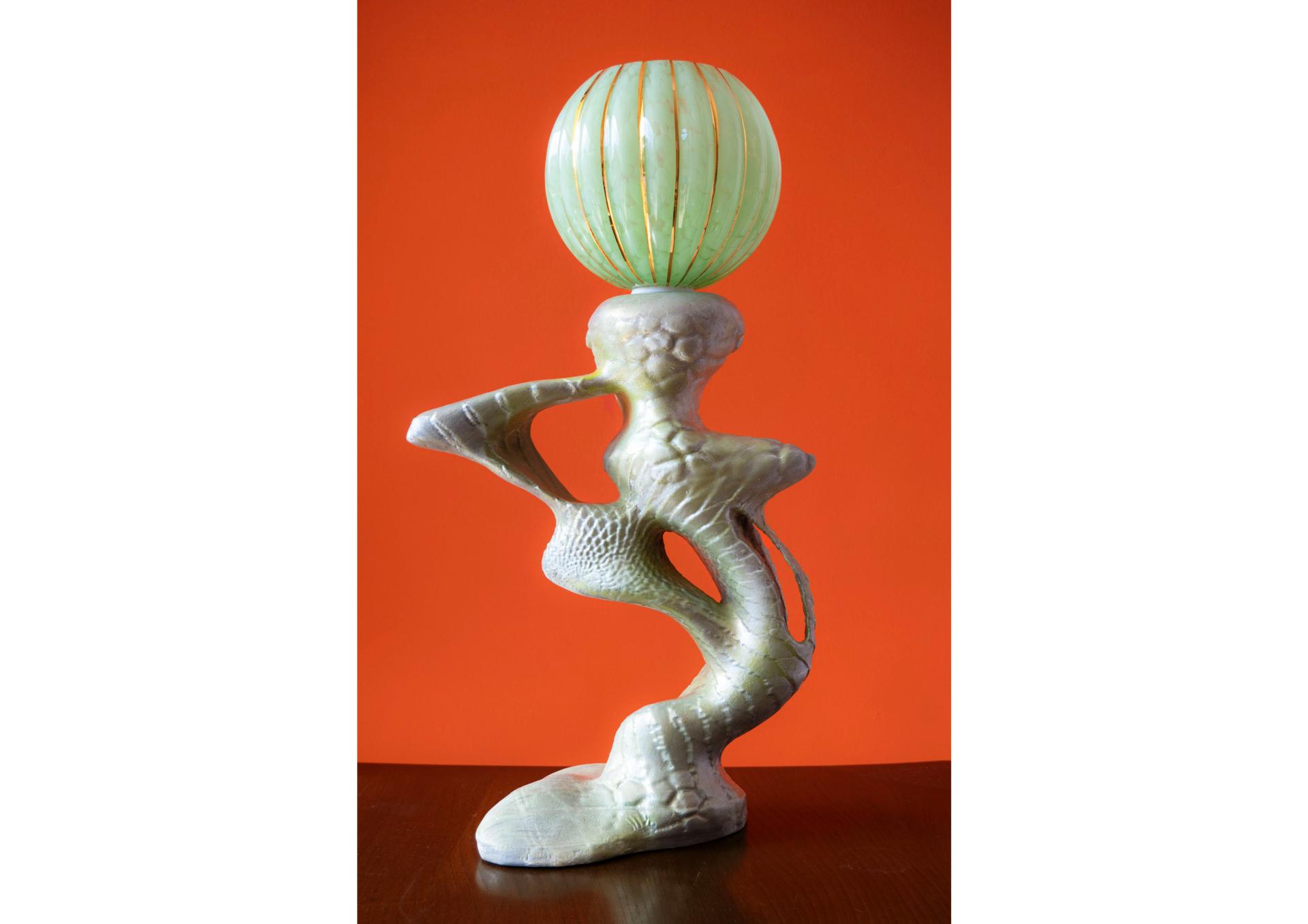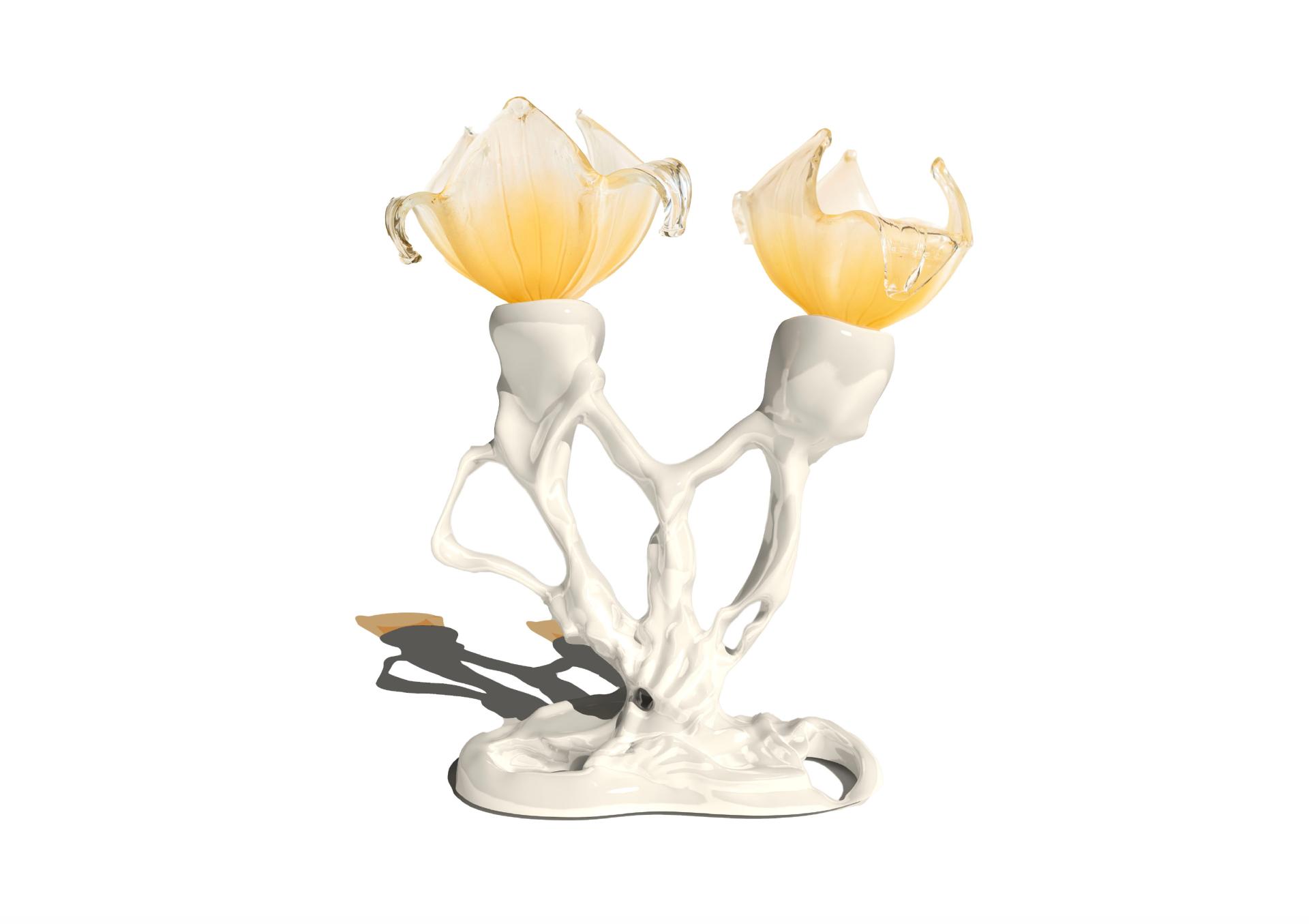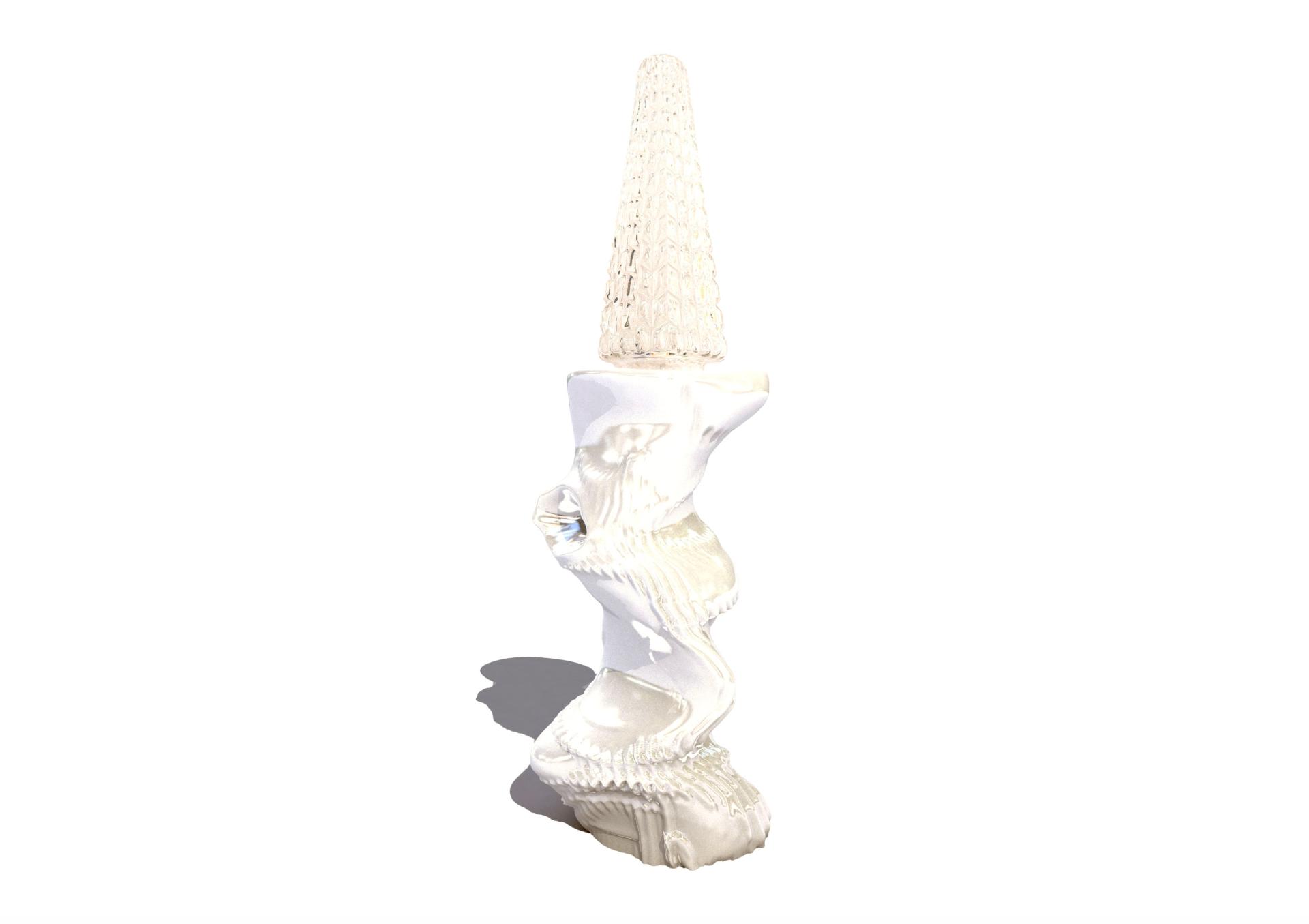Orbes.Paris
Basic information
Project Title
Full project title
Category
Project Description
Orbes is a modern digital craft studio that revalues broken or incomplete pieces of antiques, giving them a new life through Generative Adversarial Networks and 3D printing. Orbes is a collaboration between machine learning and designers to create hand-and-machine-made, sustainable, unique, contemporary designs.
Project Region
EU Programme or fund
Description of the project
Summary
Orbes is a digital craft studio creating unique pieces by revaluing incomplete or broken antique objects, with the help of machine learning and 3D printing. The first collection is a series of lamps created from glass globes from the Art Nouveau and Art Deco period. After creating a data set of 200 lamps from this era, 30 to 40 models are generated by a GAN and then recreated in 3D for printing. The light stands are fitted and printed to fit each glass globe, hand assembled and painted to create a unique piece. Going further, we aim to revalue other objects from this period, such as broken frames, mirrors, chairs or tables using the same process. The idea is to pay homage to the designs from this period while providing clients with sustainable, contemporary designs.
Key objectives for sustainability
The aim of the studio is first to revalue incomplete or broken parts of antiques and second to have a sustainable production line from start to finish. This means getting our energy to power the production from a sustainable energy provider as well as installing solar panels for both the R&D section (computers) and the production (3D printers). Digital fabrication is energy hungry but we can rethink the systems in place to make it sustainable.
The objects are printed using plant-based biodegradable resin, made from soybean oil. The prints are cleaned with ecological solvents and painted with water based paint and varnish.
As the 3D prints are large scale the aim is to use as little supports for printing as possible and to research how to recycle the supports for further use. Once printed the resin cannot be melted back into a liquid but can be used as glue for other parts.
Key objectives for aesthetics and quality
Paying homage to the Art Nouveau and Art Deco designers that pushed the physical and aesthetic boundaries of the materials they were using, Orbes wants to take advantage of the new materials and manufacturing processes available now to rethink conception and fabrication. Designed to closely resemble the outputs of the GAN, the objects play with the “phygital” concept, the layered nature of 3D printing and the idea of stability, to create novel designs. By merging the old and the new, Orbes offers contemporary style while showcasing the rich European design history.
Key objectives for inclusion
The access to technology and digital manufacturing processes is still unequal due to the costs of softwares, hardwares and training. One of the aims of Orbes is to make some of the 3D models open-source as well as providing training and workshops in the making, to expand the reach of this technology and process. 3D printing can offer the possibility for anyone to repair and recreate old objects making them new and desirable again.
Additionally, one of the goals going forward is to collaborate with artisans and practitioners from underrepresented groups, to merge traditional craft making to the digital fabrication process. 3D printing is by nature reproducible but can it become a craftsmanship in itself?
Innovative character
Orbes is a collaboration between machine learning and the designer. With the advent of 3D generative artificial intelligence, what will be the role of the designer in the creation process?
Taking direct inspiration from the outputs of the GAN to create novel shapes and construction, Orbes explores the new territories available through designing with technology. This new form of design allows designers to rethink creation, production and manufacturing to make it more sustainable, fair and attractive to the most.

